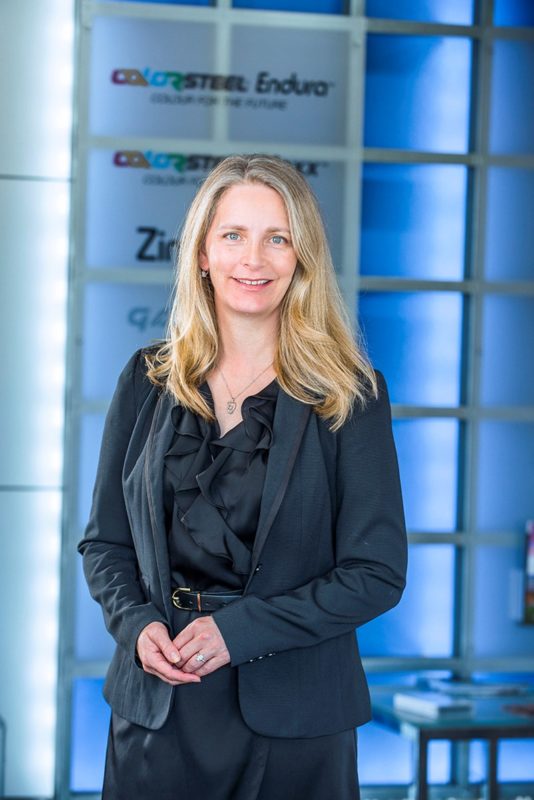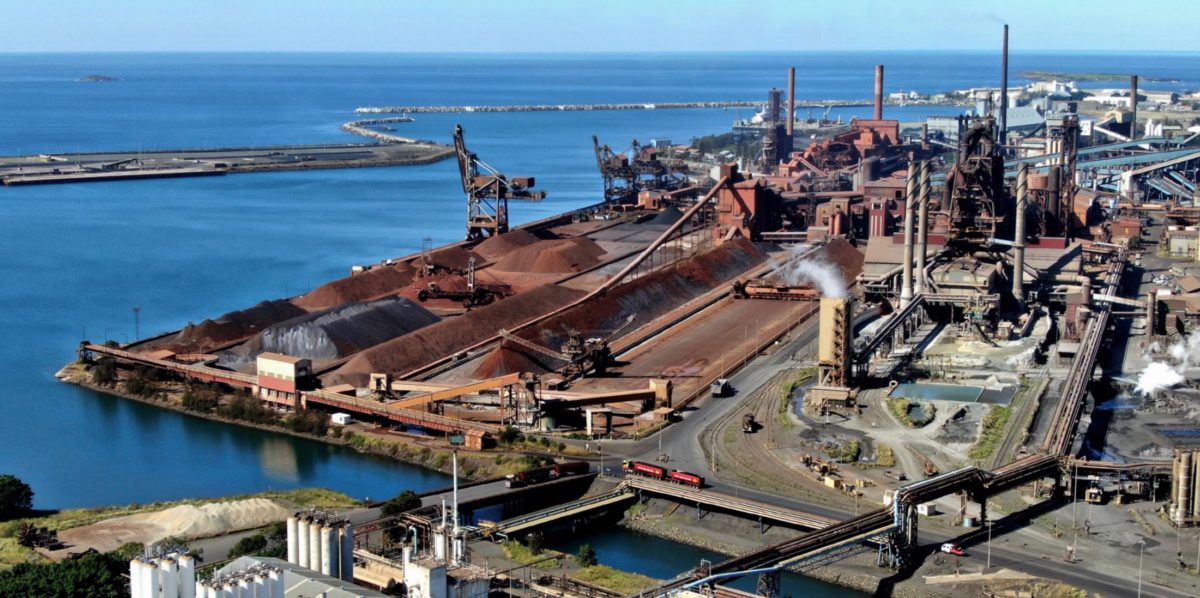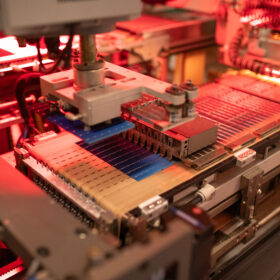According to the World Steel Association, 7-9% of all direct fossil fuel emissions come from the iron and steel sector. This amounts to a carbon footprint bigger than India, and just as difficult to decarbonise. According to the International Energy Agency (IEA), steel industry emissions must fall by at least half by 2050. Bluescope Steel is saying all the right things when it comes to industrial-sized challenge in recent times, with CEO Mark Vassella telling ABC’s The business that “climate action is not optional for the heavy emitter,” but is the steel giant doing enough?
The steel giant has not been quiet in recent months about its desire to contribute to the energy transition, develop green steel, and be part of the global economic future. In November 2020, Bluescope backed the New South Wales (NSW) Government’s ambitious renewable infrastructure plan through a $20 million investment into the development of a Renewable Manufacturing Zone at its Port Kembla site in the Illawarra. The investment seeks to encourage innovation in the renewable sector and work towards the Government’s goal of constructing the state’s Renewable Energy Zones with local materials.
This week, Bluescope has delivered its financial results for first half of FY2021, including a $330.3 million net profit after tax, a 78% increase on the first half of FY2020. But, more interesting is the emitter’s decision to establish a new Executive Leadership Team position, Chief Executive Climate Change, a post now held by Gretta Stephens.
However, on the same day as Stephens succeeded to the newly created role, Bluescope also announced that, despite its significant profits during a pandemic, profits driven largely by a housing boom enjoyed only by the already rich, it was not ready to put its money where its mouth is. This is evidenced by its preemptory suggestion that despite all the company’s talk of ‘green steel’, low carbon technology plans and decarbonisation pathways, Bluescope is still planning to pursue “the most economically attractive option for Australian steelmaking while longer-term breakthrough low-emission technologies are developed.” This is to say, until someone else cleans up the industry for them.

These statements from the company are in relation to the future configuration of the Port Kembla Steelworks, “once the No.5 Blast Furnace comes to the end of its current operating campaign, which is now expected to occur in the late 2020s, with an indicative range of 2026 to 2030.”
While touting its awareness of “emerging ‘green steel’ technologies”, and its new Chief Executive for Climate Change position, Bluescope conceded that the most likely option for the future of the No.5 Blast Furnace would be to simply reline it and continue polluting as per usual. This can also therefore be viewed as a concession that the new Chief Executive for Climate Change position is largely meretricious.
Vassella says that in recent years Bluescope has “built climate change into our corporate strategy, recognising that addressing climate change is essential to our long-term success and have publicly stated our commitment to taking action on carbon emissions.” Of course, creating a meretricious executive position to launder Bluescope’s reputation as part of the problem is not much of an “action”. If Bluescope really was taking action it would be investing some of those considerable profits into accelerating the development of ‘green steel’.
“We recognise that the future of iron and steelmaking will need to be centred around breakthrough technologies – once proven and scalable” continued Vassella in a statement about the rare female steel executive in which only he spoke. “Exciting work is being undertaken around the globe to explore breakthrough ‘green steel’ ironmaking technologies,” he said, “including using hydrogen and electrolysis. Bluescope is actively monitoring the development of these technologies, which are currently in early stages of technology readiness. Such initiatives will need to be blended with public policy, capital, technology, and superior steelmaking knowhow to make them work.”
“Steel is a very important material for modern society. It has been made since a long time back from iron ore, using coal,” Martin Pei, chief technical officer at SSAB, a Swedish company trialling green hydrogen to reduce iron ore told the Financial Times. “If we really want to contribute to realising the climate goals set in the Paris agreement, then there’s a quite widespread consensus that only doing further efficiency improvements in the blast furnace will not be enough. Breakthrough technologies are needed urgently.”
Ultimately, the steel industry deserves no credit for admitting that climate change is a problem until it also admits that it created the problem and it is going to invest in the creation of its solution. This is especially important seeing as the steel industry is closer to major decarbonising breakthroughs than other industries.
This content is protected by copyright and may not be reused. If you want to cooperate with us and would like to reuse some of our content, please contact: editors@pv-magazine.com.









3 comments
By submitting this form you agree to pv magazine using your data for the purposes of publishing your comment.
Your personal data will only be disclosed or otherwise transmitted to third parties for the purposes of spam filtering or if this is necessary for technical maintenance of the website. Any other transfer to third parties will not take place unless this is justified on the basis of applicable data protection regulations or if pv magazine is legally obliged to do so.
You may revoke this consent at any time with effect for the future, in which case your personal data will be deleted immediately. Otherwise, your data will be deleted if pv magazine has processed your request or the purpose of data storage is fulfilled.
Further information on data privacy can be found in our Data Protection Policy.